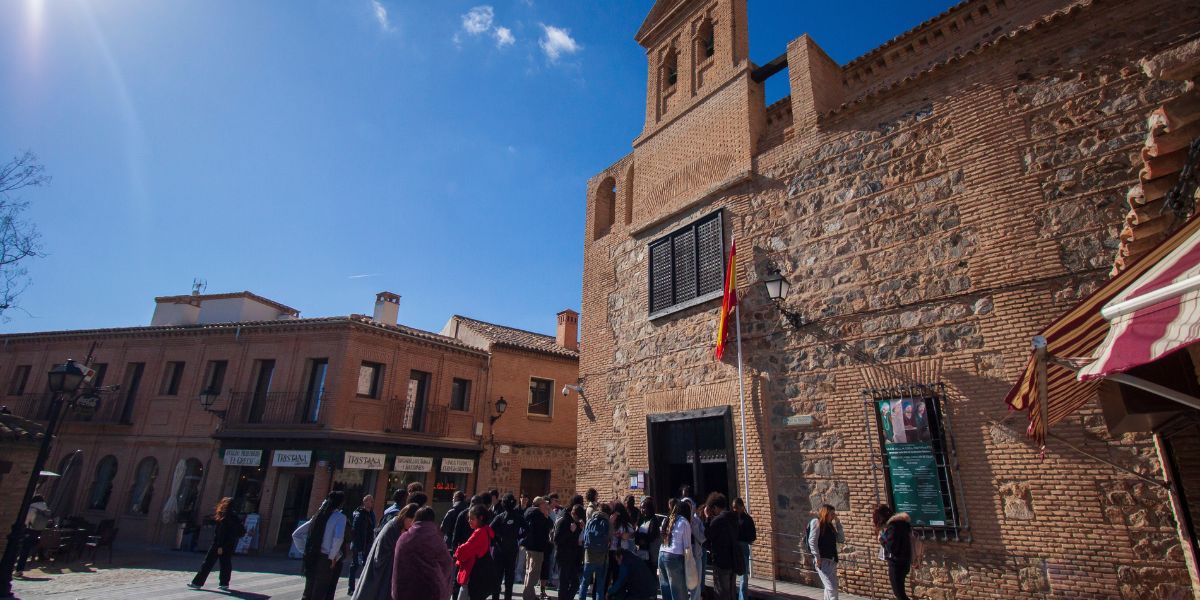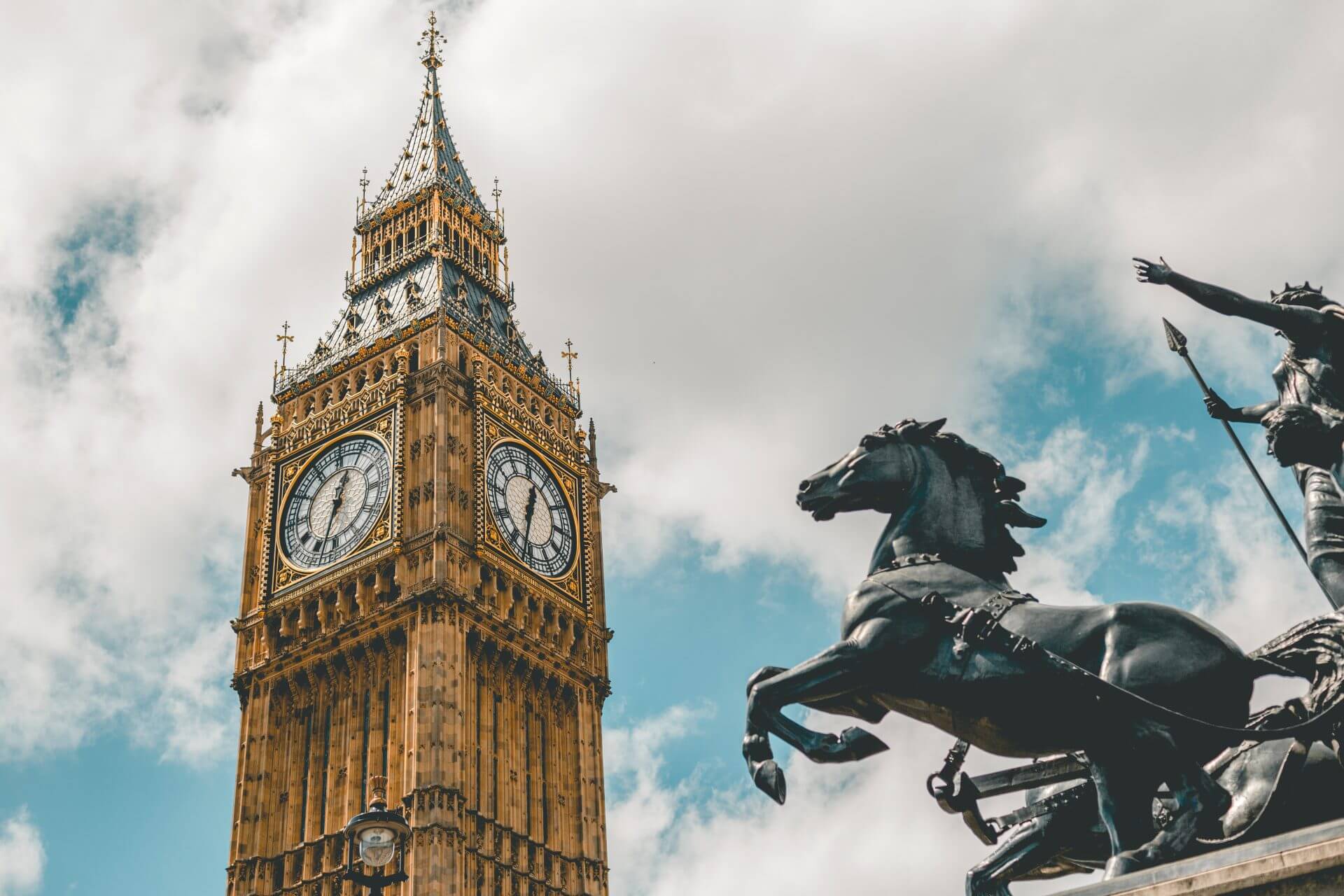Jewish Venice has long been an amazing and insightful destination for travelers of all backgrounds. The Venetian Jewish history is as interesting as its the history of Italy at large. At Gil Travel, we are pleased to offer amazing trips to Italy aligned with the Jewish heritage of Venice. Familiarize yourself with the Jewish history of Venice to know how to best take advantage of the beautiful offerings of this amazing destination.
Venice, one of the world’s most romantic cities is a breathtaking sight and has had many illustrious admirers. Galileo used the bell tower in St. Mark’s to test his telescope, and Richard Wagner composed some of his best works here. Even Shakespeare highlighted the shadily dramatic ghetto in one of his best known plays – “The Merchant of Venice”.
The designated Jewish quarter in Venice from the 16th to 18th centuries was built on a former foundry, and called the ghetto – a word which soon spread all over to Europe to mean areas inhabited by isolated communities. According to a decree by the Venetian Republic in 1516, Jewish artisans and money-lenders could stock and fund Venice’s commercial houses by day but by night and on Christian holidays, they were to be restricted inside the gated Ghetto Nuovo – guarded by two Catholic sentries. It was home to German, Italian, Spanish and Portuguese and Levantine Sephardi Jews. Today, it remains the center of Jewish life in Venice.
If you look up at the buildings around the Campo di Ghetto Nuovo, you will spot three synagogues, or schole – different from the residential buildings because they have small domes to show where the pulpit is. A plain wood cupola in the corner of the Campo shows the location of the Schola Canton, or Corner Synagogue, which is unique for having wooden panels depicting scenes from the Bible. Right next to it is the Schola Tedesca (German Synagogue), which has the Ten Commandments written in gold over a red background running around the prayer hall.
Jewish refugees from Portugal and Spain erected two synagogues in the Campo di Ghetto Vecchio, and these might be among the most beautiful synagogues in northern Italy with interiors renovated in the 17th century, by Baldassare Longhena. Schola Levantina (Levantine Synagogue) is worth a visit for its spectacular 17th century wooden pulpit and the main hall of the Schola Spagnola (Spanish Synagogue) is reached via a staircase. On the Campo di Ghetto Nuovo is the rooftop Schola Italiana (Italian synagogue) – erected by the largely poor Italian Jews who had nowhere to go but up: atop existing buildings where newer storeys were added.
Conducted tours are possible in the Schola Canton, Schola Italiana and either the Schola Levantina in summer or the Schola Spagnola in winter. In the area also is the small but well-kept museum in the ghetto is an excellent place to view centuries of Jewish culture in Venice. The Museo Ebraica (Jewish Museum) has some splendid Hanukkah lamps, Torahs and beautifully handwritten and decorated wedding contracts in Hebrew. There is a wide collection of books and items of Jewish iconography, such as old Judaica art objects used in prayers or to decorate synagogues, including Meil and Parokhet.
The old Jewish cemetery in Lido was given to Jews in perpetuity for burials in 1386, and has a mass grave to honour Jews that died in the Plague. The oldest legible gravestone here belongs to “Samuel, son of Samson”, died in 1389. It gave way to the new cemetery in 1774, but its tombstones written in Hebrew, half-hidden in tall grass and wildflowers, inspired poets like Byron and Shelley at one time.
Napoleon lifted some restrictions in 1797, but Mussolini’s 1938 laws put Venetian Jews in shackles again. In 1943, most of the 1670 Jews were sent to concentration camps, and only 37 returned home. A Holocaust museum within the Campo di Ghetto Nuovo has seven bas-relief wall plaques showing deportation, Kristalnacht, the quarry, punishment and execution, the Warsaw Uprising and the Last Train.
Also in the ghetto is the first Kosher restaurant of Venice – Gam Gam, a perfect end to a tour of Venice’s Jewish heritage. Located just north of Ponte delle Guglie, the restaurant has an Israeli menu, Hasidic staff and remains closed on Shabbat. Venice’s only public kosher eatery, Gam Gam serves an eclectic menu, but welcomes all, irrespective of whether they are Jewish or Italian.
Experiencing new tastes and customs is one of the many delights of traveling. Don’t travel by yourself, there are many benefits of small group travel. Join one of our custom small group tours today.










